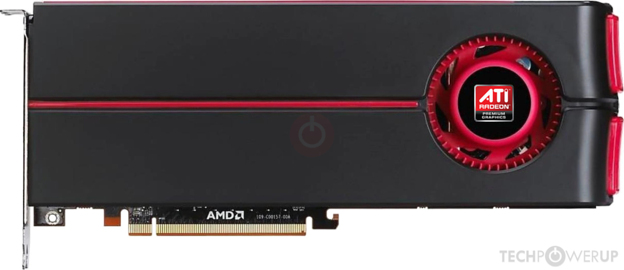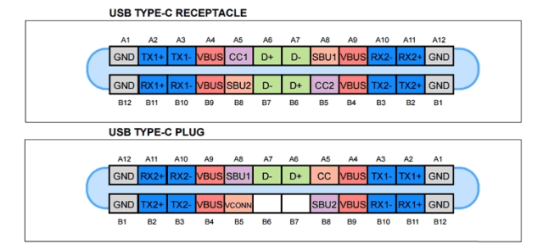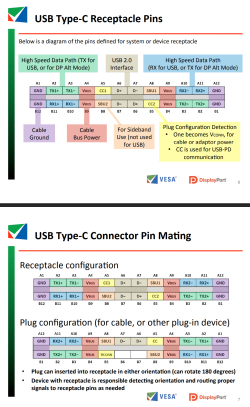- Joined
- Feb 6, 2020
- Messages
- 350 (0.18/day)
- Location
- USA
| System Name | My Computer |
|---|---|
| Processor | AMD R7 9800X3D (eco mode) |
| Motherboard | Gigabyte B850M Gamering X Wifi |
| Cooling | Thermalright Phantom Spirit (7 pipe) |
| Memory | Flare X 16GB x2 6000 MT/s 28-36-36-96 |
| Video Card(s) | Sapphire RX 9070 XT Pulse (-90mV, -30% PL) |
| Storage | WD SN850X 2 TB x2, 8TB x2 |
| Display(s) | Acer XV340CK x2 |
| Case | Lian Li A3 black, mesh, woodgrain |
| Power Supply | Corsair RM750e (2025) |
| Mouse | Logitech G400s |
| Keyboard | Ducky Origin Vintage (beige and dark beige) |
| Software | Bazzite |
| Benchmark Scores | Typeracer level Type Master |
A long time ago (in a galaxy far, far away...) AMD brought us the amazing HD 5870 eyefinity with 6 video ports.

 www.techpowerup.com
www.techpowerup.com
This had 6x mini display port cables and could power 6x 1080p monitors.
When nvidia launched Turing gen (rtx2***) we saw DP over USB C. But since then we haven't seen any USB C outputs on consumer cards.
I'm curious why don't we have 100% USB C outputs on graphics cards now? They seem compact and just as prone to disconection as an hdmi without a screw or clip. In the same vein, a single gpu can output significantly more total pixels than the old 5870, so why don't we have something like that in USB C? Such as an eyefinity with 16x 1080p USB C outputs.
Your thoughts are appreciated.

ATI Radeon HD 5870 Eyefinity 6 Specs
ATI Cypress, 850 MHz, 1600 Cores, 80 TMUs, 32 ROPs, 2048 MB GDDR5, 1200 MHz, 256 bit
This had 6x mini display port cables and could power 6x 1080p monitors.
When nvidia launched Turing gen (rtx2***) we saw DP over USB C. But since then we haven't seen any USB C outputs on consumer cards.
I'm curious why don't we have 100% USB C outputs on graphics cards now? They seem compact and just as prone to disconection as an hdmi without a screw or clip. In the same vein, a single gpu can output significantly more total pixels than the old 5870, so why don't we have something like that in USB C? Such as an eyefinity with 16x 1080p USB C outputs.
Your thoughts are appreciated.







